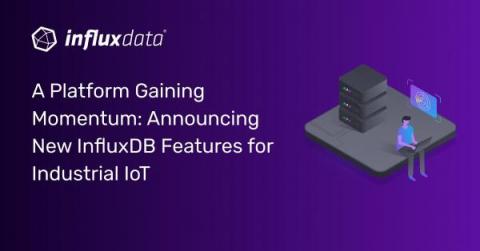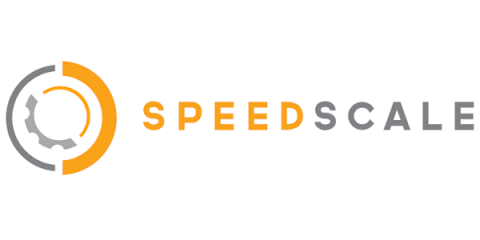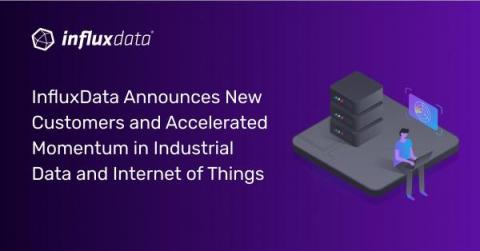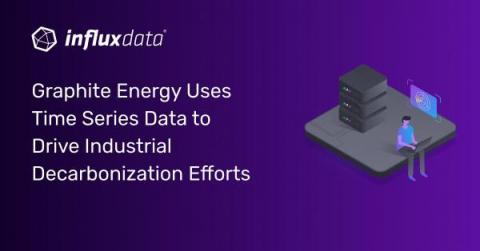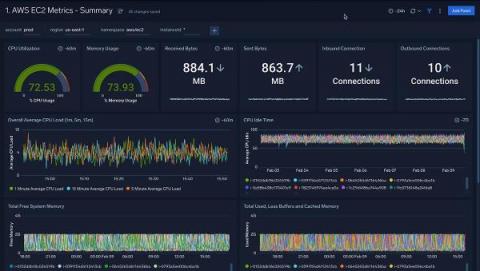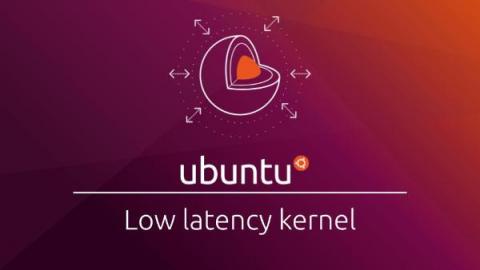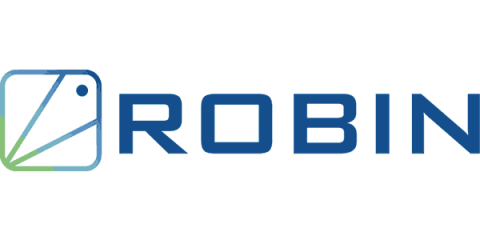Operations | Monitoring | ITSM | DevOps | Cloud
Technology
The latest News and Information on APIs, Mobile, AI, Machine Learning, IoT, Open Source and more!
Introduction to Aiven CLI
A Platform Gaining Momentum: Announcing New InfluxDB Features for Industrial IoT
Data – specifically time series data – continues to be the key ingredient for successful digital transformation. No matter the industry, time series data helps companies understand the activities and output of people, processes and technologies impacting their business. The effective management and use of time series data has emerged as the best path towards this goal.
Getting Started with Skaffold for Kubernetes Deployments
Kubernetes has experienced rapid growth over the years, with a recent post from the Cloud Native Computing Foundation reporting a userbase increase of about 67% in just the past year. Kubernetes is a container orchestration platform that automates how containers are deployed, how they communicate, and how traffic is routed between them; it also scales configurations for both the containerized workloads and the underlying infrastructure that comprises the cluster.
InfluxData Announces New Customers and Accelerated Momentum in Industrial Data and Internet of Things
InfluxData today announced accelerated momentum in Industrial Data and Internet of Things (IoT) driven by new customers, product enhancements and expanded industrial partnerships fueled by the growth of time series data. Customers including Tesla, Rolls Royce, Airbus, Teck, Graco and Graphite Energy are using InfluxDB to collect industrial data from devices and sensors.
Graphite Energy Uses Time Series Data to Drive Industrial Decarbonization Efforts
One major challenge with decarbonization of industrial heat is converting the variability of renewable energy into the reliability required by process plants. Solar panels only generate energy when the sun is out, and wind turbines generate energy when the wind blows. Industry, however, has a consistent and persistent need for energy. Graphite Energy, based in Australia, recognized this disconnect and set out to create a solution to it.
D2iQ & the Future of Smart Cloud Native/AI
Minimize downtime, and improve performance for Verizon 5G Edge applications with Sumo Logic
Low latency Linux kernel for industrial embedded systems - Part III
Welcome to the concluding chapter of this three-part blog series on the low latency Ubuntu kernel for industrial embedded systems. Each blog is standalone and can be read independently from the others, although you may want to start at the beginning for some continuity. If you need a quick refresher on userland and kernel space, we recommend you check Part I out first.
HPC workloads on Robin Cloud Native Platform (CNP) using Nvidia GPU (MIG A100)
In today’s world, graphics processing units or GPUs have attracted a lot of attention as the optimal vehicle to run artificial intelligence (AI), machine learning (ML) and deep learning (DL) workloads. These workloads require massive amounts of data, both ultra-high speed and parallel processing, along with flexibility and high availability. It is clear that high-performance computing (HPC) with graphics processing unit (GPU) systems are required to support cutting-edge workloads.




